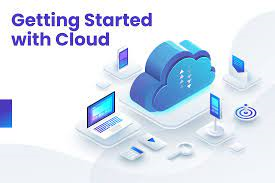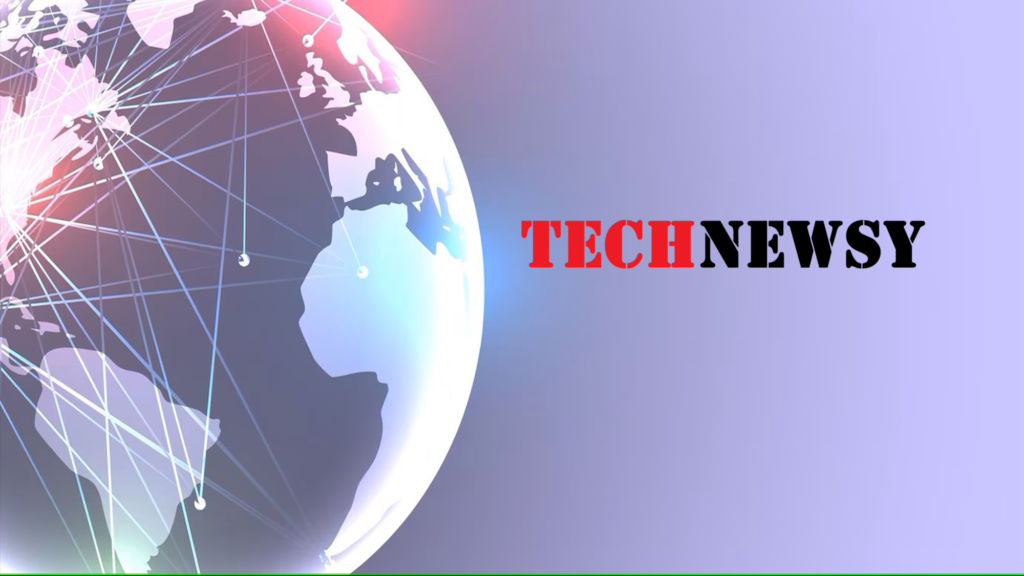Cloud Computing 101: A Beginner’s Guide to Understanding the Basics

Cloud computing is a term that is commonly used in today’s digital world, and it is an essential technology that is transforming businesses and personal computing. In this article, we will provide a beginner’s guide to understanding the basics of cloud computing.
What is Cloud Computing?
Before we dive deep into cloud computing, let’s start by defining it. Cloud computing is the delivery of computing services such as storage, processing, and networking over the internet. Put simply, instead of having physical servers or hardware on-site, you can have access to computing resources on-demand via the internet from a provider such as Amazon Web Services, Microsoft Azure or Google Cloud.
With cloud computing, you don’t need to worry about the cost of purchasing and maintaining physical hardware, and you only pay for the services you use. This allows you to focus on building and growing your business without worrying about managing infrastructure.
Cloud computing has become popular due to its flexibility, scalability, and cost-effectiveness, making it a perfect solution for both businesses and individuals who need access to resources that are not available on their local machines.
Types of Cloud Computing Services
There are different types of cloud computing services, and it is essential to understand them to make informed decisions. Below are the three main types of cloud computing services:
1. Infrastructure as a Service (IaaS)
IaaS is a type of cloud computing that provides users with virtualized computing resources such as storage, networking, and processing power via the internet. The users can choose and manage their operating system, software applications and data on virtual instances, which are hosted on the provider’s infrastructure. Examples of IaaS include Amazon Web Services (AWS), Google Cloud and Microsoft Azure.
2. Platform as a Service (PaaS)
PaaS is a type of cloud computing that provides users with a platform to develop, deploy, and manage applications without worrying about the underlying infrastructure. Users can utilize the provider’s tools, APIs and pre-built services to create and deploy their applications. Examples of PaaS include Google App Engine, Microsoft Azure and Heroku.
3. Software as a Service (SaaS)
SaaS is a type of cloud computing that provides users with a complete software solution and application. Examples of SaaS include Dropbox, Google Apps, and Salesforce.
Advantages of Cloud Computing
Cloud computing offers several benefits to both individuals and businesses, including:
1. Scalability: You can easily scale resources up or down based on your needs.
2. Cost-effective: You only pay for what you use, which saves you money in the long run.
3. Flexibility: You have access to computing resources from anywhere in the world, as long as you have an internet connection.
4. Reliability: Cloud providers have multiple backups and redundancies to ensure your data is always available.
Conclusion
Cloud computing has become an essential technology that is transforming the way businesses and individuals work. The benefits of cloud computing include scalability, cost-effectiveness, flexibility, and reliability. By understanding cloud computing basics and choosing the right provider, individuals and businesses can benefit from this technology and focus on growing their businesses without worrying about infrastructure management.







1 Comment
[…] Cloud services are commonly used in the deployment of generative AI systems, which consist of multiple components. These components encompass data ingestion services, storage, computing, and networking. It is essential to design these components to work harmoniously to avoid overcomplexity, as performance issues may arise from the weakest performing components. For instance, networks with poor performance or databases that have reached their saturation point can impact the overall performance of the generative AI system, even though they are not directly linked to it. […]
Comments are closed.